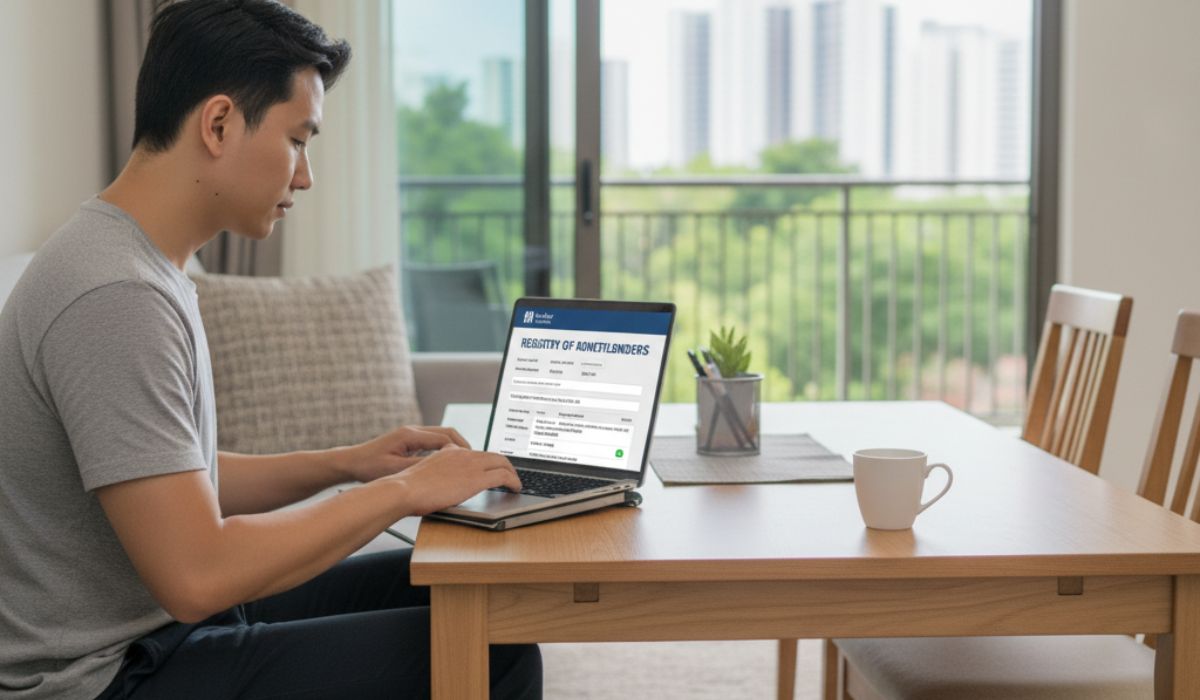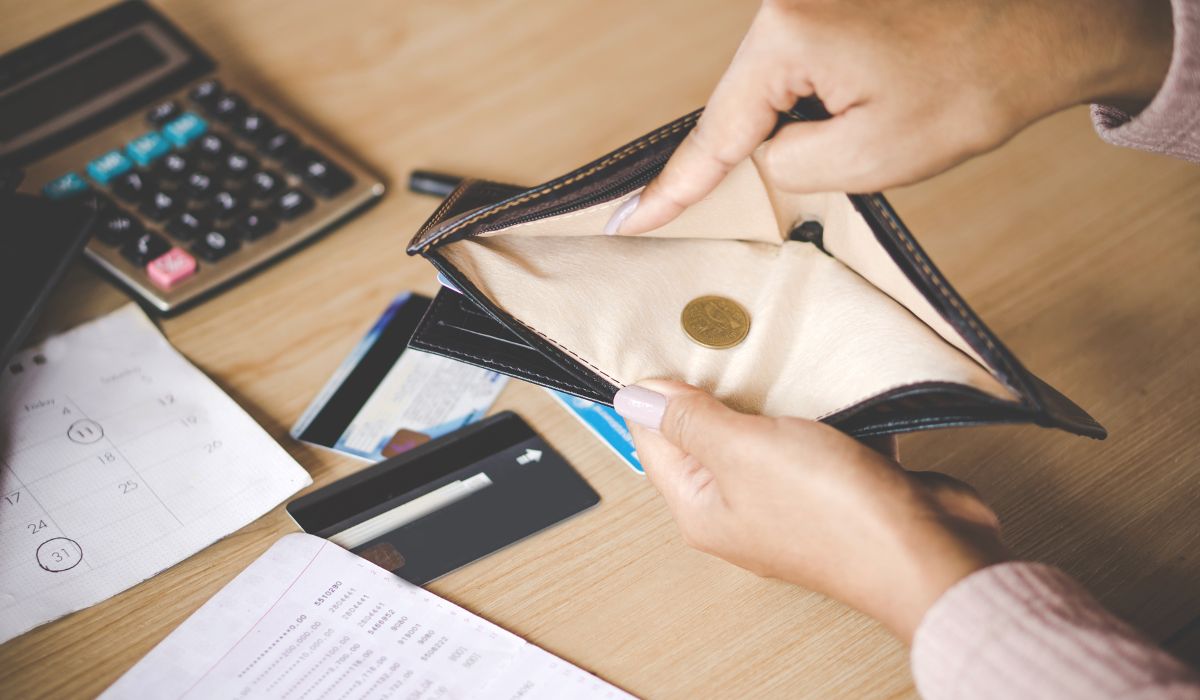In these unpredictable times, there are instances when a certain amount of cash is needed for you to get through urgent expenses. You are probably not expecting an expense that just came along, and now you are left with so much stress on how to pay it off. This is the reason why some people consider approaching money lenders Singapore for difficult financial situations. These lenders offer a number of loan products and services that cater to the needs to Singaporeans who are struggling when it comes to keeping up with their financial obligations.
But the question is, how well do you know what to expect from a personal loan Singapore banks or moneylenders Singapore offer? Is it indeed worth taking out some funds this way when you are having difficulties with your finances? Or are you in for an even more challenging situation by borrowing money this way?
The truth is that some people have a limited understanding of both secured and unsecured loans. They assume that any loan that a bank or a licensed moneylender in Singapore comes with the same features and policies. This is why to help you determine what you are likely to experience once you take out a loan and begin repaying it, here are some facts you may want to know about these loan types. The difference between these two is night and day, so you need to compare each type of loan to understand which one is suitable for your needs.
Why Take Out a Loan
There are simply situations in our lives when financial concerns strike. You may have been thinking about going on a holiday to a place you really love to visit, yet your funds for travel are low. Or, there may be an urgent need to buy electronics or an appliance for the home, but you just cannot afford it at the moment. Although you have the choice to swipe your credit card to make these things happen, there is the concern about the repayment of your debts. It is not a big surprise to anyone anymore that a credit card debt comes with higher interest rates. Also, if you are unable to pay your bills on time, the interest rate will just keep going higher as your outstanding balance increases.
In addition, if you decide to use your bank savings for a major purchase, you may feel anxious about the turnout of the future. What if suddenly you lose your job, yet you have already spent a huge chunk of your savings? Then, there is nothing for you to use on a rainy day, and this can be even tougher to deal with. If you have money in the bank placed in an account that is earning high interest per month, you may not be keen on withdrawing the money for a big expense you are facing. Just imagine the massive amount of money that you can lose by doing this all because you have decided to take out some cash to use for any urgent necessity you may have.
What Personal Loans Are
To keep it simple, a personal loan is a quick source of fund when you have nowhere else to go to borrow some cash. You may be experiencing a difficult financial difficulty because of your health, an upcoming special occasion that requires money, or other situations that equally cause you to worry about your lack of funds. Since no one really feels comfortable with borrowing money from a loved one, along with the lack of guarantee that the amount you need may be available to you, a personal loan is your good bet for a financial crisis.
But then again, a personal loan is not designed for the sake of having a lot of money to purchase your caprices and urges to buy unnecessary items. You need to be disciplined when you take out this loan because of the high interest rate that it comes with. Also, you need to pay the loan afterwards, and defaulting on your payments will only hurt your credit score. This is why you should really think about your decision of applying for a personal loan if you are not sure about being capable of repaying it.
Secured and Unsecured Personal Loan Facts
What is the difference between a secured and an unsecured personal loan? For the most part, the difference lies in the collateral (or lack of it). With a secured loan, you need to present collateral before you may even qualify for a loan. This type of loan is usually ideal when there is a major renovation that needs to be done in your home or commercial place, or when you want to buy a car or a house. The collateral will be provided as a guarantee for the lender in case you fail to pay off your loan. Thus, if you put your house or car as collateral for your loan, there is a risk of losing these if you default on your loan.
But if your main reason for taking out a loan is for your studies or for other purposes other than acquiring massive items or purchases, then a personal loan is suitable for you. This, however, is an unsecured loan. There is no collateral needed when you apply for a personal loan, but you will have to present documents that are proofs of your monthly income, credit history, along with other paperwork to convince the lender of your capability to repay your debts. The documents submitted will also determine the amount of money that the lender can give you in case your loan application is considered. Since there is zero collateral provided for unsecured loans, there is a higher risk on the part of the lender. This is the reason behind the higher interest rates that come with the loan, which can be tough for any borrower to handle unless there is a steady source of income coming in. Your failure to repay the loan also leads to a low credit score, which can further impact your ability to take out another loan in the future or even obtain a credit card.
But then again, a personal loan is ideal when you need the money to pay off your existing credit card debts or when you want to consolidate all your debts. You will want to pay these off immediately to avoid incurring more fees and penalties from the credit card company. Then, just pay off the single loan that you have taken in installment, which should not be too hard on you.
Qualifying for a Personal Loan
The process involved with personal loan application is not hectic at all. You may do it online, and you can simply fill out the form available from the lender’s website. Aside from the form, you need to send in required documents including pay slips, proof of address, bank statements, and proof of your identity. Upon submission of the documents, you will just need to wait for the lender to process your application. It may take a few days, and the amount loaned will already be sent to you upon approval of your loan.
Keep in mind that banks offer varied rates and policies. This is why you should be very careful when comparing one bank or lender to another. Make it a point to check their effective interest rates, loan tenure, and even actual customer reviews about the lenders. You can learn so much from the feedback provided by other borrowers, along with keeping yourself informed with necessary pieces of information about the lender. Then, you can make a decision of borrowing from the lender once you have determined if it is indeed a good fit to your needs or not after arming yourself with key details about moneylenders or banks in question.
















